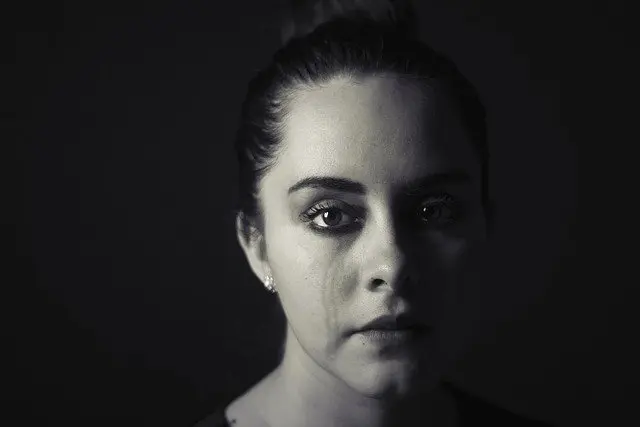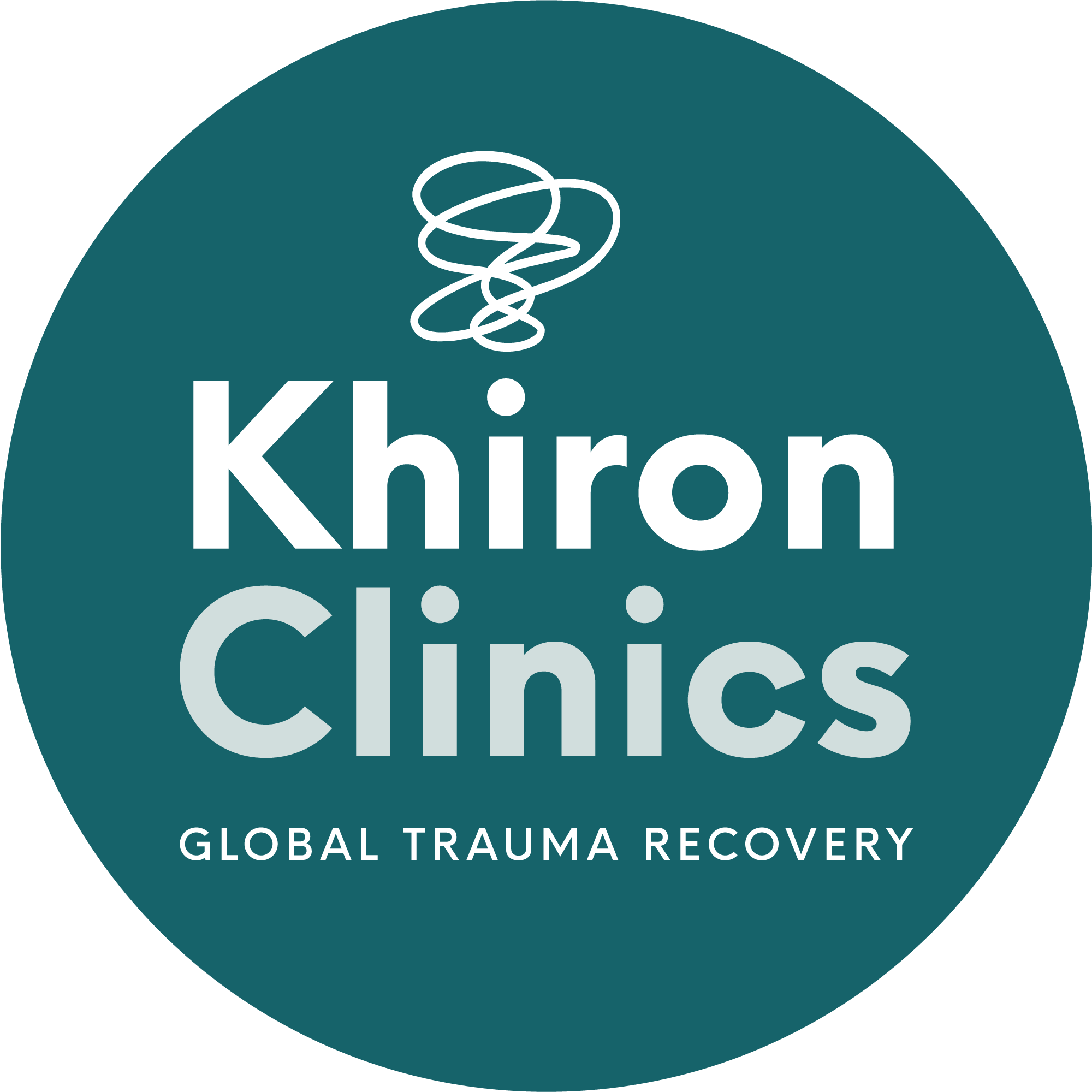Understanding the Emotion Sadness?
Sadness is an emotion typically characterised by a plethora of accompanying feelings, like loss, disappointment, disinterest, a low mood, helplessness and hopelessness. Causes and perceptions of sadness can vary across cultures, as the ideas of loss and expectations of oneself and others differ slightly from culture to culture. Though it’s causes vary, the symptoms of sadness are generally the same from one individual to another, and include a low mood, lethargy, social withdrawal, periods of crying, and distractedness.
It’s common to judge or label a given emotion as positive or negative. Happiness, for example, is generally considered to be a positive emotion. Equally, sadness is typically perceived to be a negative emotion. Anger is often viewed as an unhealthy emotion. The fact is that all of these emotions play a role in our personal and social functioning, and so all are valid and need not be judged positively or negatively.
What is the Function of Sadness?
Like all of the basic emotions outlined by Paul Eckman in the 1970’s[1], sadness can be said to have an adaptive function. When a person experiences sadness, there is a focus on the event or circumstance that caused that feeling in the first place. It therefore acts as a motivational tool in avoiding that event or circumstance in the future. Another purpose sadness serve is the strengthening of social bonds. Visible sadness in one person can evoke feelings of empathy and acquire support from others, thus strengthening bonds. Anything which serves to encourage and strengthen social bonding may be considered an evolutionary advantage. Humans are relational mammals, meaning that we derive our sense of meaning and purpose from connection with others.
Furthermore, emotions that serve social bonding relate to Stephen Porges’ Social Engagement System, which proposes the idea that humans have survived and continue to survive because of the four stages of our threat response system. This system is like a gear-box, with social engagement as our first form of safety. When social engagement is not possible, we become vigilant, scanning our environment for potential threat. If a threat is present, we activate our fight/flight response, in which our adrenaline is increased in order to mobilise our bodies for action, be that fighting the threat or fleeing from it. If fighting or fleeing are not feasible – because the threat is too much to handle, our next response is to freeze.
Sadness encourages social bonding through the evocation of empathy. Social bonding is a key element in social engagement, our human approach to avoiding threat. For this reason, we can say that sadness has a survival function.
Sadness also serves a personal function. It moves one’s attention and focus towards the self, motivating them to evaluate their priorities. This is related to the motivational functional of sadness mentioned above. An evaluation of one’s wants and goals often follows sadness, as there is a tendency to be aversive to the emotion, It can signal that something is not right’ that a current circumstance or situation is not serving one’s interests, and that one’s behaviours and motivations should be re-assessed.
The Effect and Physiology of Sadness
Our outlook on life has been found to be influenced by our emotional state. When a person experiences sadness, they are more likely to process information using data-based processing strategies[2], while a happier person will orient more towards a top-down, or theoretical processing strategy. It would seem that being sad, then, leads people to analyse social information in a more thoughtful and detailed manner than one would if they were happy. Oftentimes when it comes to expressing emotional difficulties, one can be met with the advice: ‘Stop overthinking!’. The question can be asked; are you sad because you’re overthinking or are you overthinking because you’re sad?
Just like the other basic emotions, sadness is characterised by physical expressions. A common and reliable sign of sadness is the rise of the inner corners of the brows, the drooping of the upper eyelids and a downward pull of the corners of the lips. Physical sensations associated with sadness include a tightening of the chest, a heaviness of the body, and teary eyes. Sadness also affects a person’s posture. A lowered or hunched back and a downward or distant gaze are typical postural characteristics of sadness.
In the brain, sadness has been found to influence activity in the amygdala and hippocampus[3], which are associated with memory. However. It’s unclear whether these memories are responsible for sadness in the present, or if the present sadness is what evokes the memories.
Managing the Emotion Sadness
Unlike physical, mental, and behavioural conditions, there isn’t really an evidence-based method of managing sadness. Any approach to treating it, then, is based on it’s subjective appraisal and the state or accompanying conditions of the individual. Most approaches to dealing with sadness come in the form of managing symptoms, discussion and exploration of life purpose and hope, Cognitive Behavioural Therapy for the reorientation of negative thinking, spiritual guidance, encouragement of connection with others. Psychotherapy is often employed to mitigate feelings of sadness, as well as pharmaceutical approaches such as antidepressants and antipsychotics.[4]
Before any clinical help is used, an individual can benefit from taking an autonomous approach to their emotions. Psychoeducation plays a key role in developing more self-awareness and understanding, which serves to provide an objective view of one’s emotional state, better equipping them to cope. The use of meditation and deep breathing exercises can also help. When we are sad, we often tighten in the chest and the diaphragm. By releasing this tightness through deep, conscious breathing, we activate the parasympathetic nervous system, which is responsible for rest and digest. Though this may not completely eliminate feelings of sadness, it serves to prevent frustration and panic that may arise as a result of feeling something that you don’t want to feel.
Get in touch
If you have a client, or know of someone who is struggling with emotions and how to manage them, or equally can’t find the right help for any form of mental health issue, reach out to us at Khiron Clinics. We believe that we can improve therapeutic outcomes and avoid misdiagnosis by providing an effective residential program and out-patient therapies addressing underlying psychological trauma. Allow us to help you find the path to realistic, long lasting recovery. For information, call us today. UK: 020 3811 2575 (24 hours). USA: (866) 801 6184 (24 hours)
Sources:
[1] Burton, N., 2016. What Are Basic Emotions?. [online] Psychology Today. Available at: <https://www.psychologytoday.com/us/blog/hide-and-seek/201601/what-are-basic-emotions> [Accessed 24 April 2020].
[2] Rui Mateus Joaquim., et al. “Psychobiology of Sadness: Functional Aspects in Human Evolution”. EC Psychology and Psychiatry 7.12 (2018): 1015-1022. [Accessed 24 April 2020]
[3] Hamilton, J., 2018. NPR Choice Page. [online] Npr.org. Available at: <https://www.npr.org/sections/health-shots/2018/11/08/665615440/researchers-uncover-a-circuit-for-sadness-in-the-human-brain> [Accessed 24 April 2020].
[4] Lokko, H. and Stern, T., 2014. Sadness: Diagnosis, Evaluation, and Treatment. The Primary Care Companion For CNS Disorders, [online] Available at: <https://www.ncbi.nlm.nih.gov/pmc/articles/PMC4374814/> [Accessed 24 April 2020].





